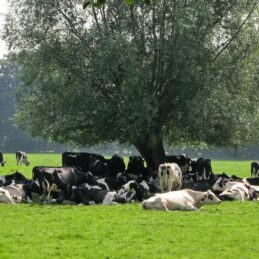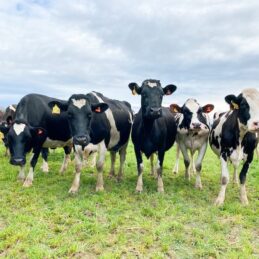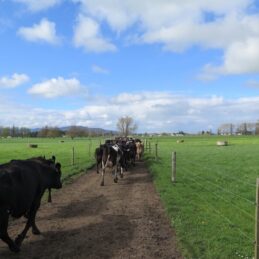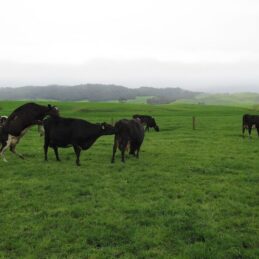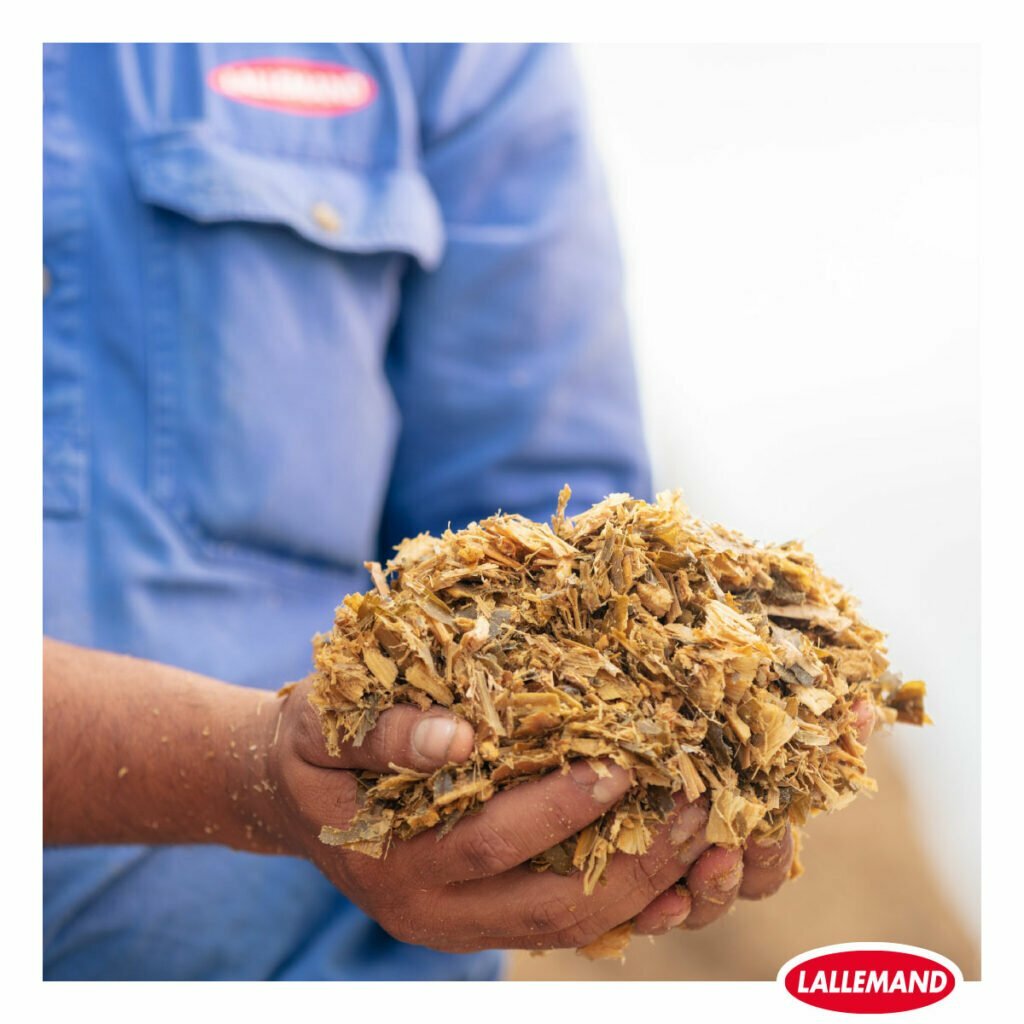
Despite the challenging conditions for many maize crops in the North Island this season, getting the most from your maize is still possible. Concentrating on reducing dry matter (DM) losses and reducing spoilage will mean you have a more high-quality feed with fewer spoilage microorganisms.
For most maize silage crops, MAGNIVA® Platinum is the best-suited inoculant from the MAGNIVA® range as it significantly reduces silage losses and helps keep silage cooler longer. Keeping silage cool is important as heating stacks can lose up to 3.5% of silage on a DM basis per day which can add up to a significant cost. Heating silage also increases the risk of moulds and mycotoxins, which can reduce silage palatability and cause significant drops in milk production, slips and poor feed conversion efficiency.
Another advantage of using MAGNIVA® Platinum is that its ‘cooling effect’ begins after just 15 days in the stack, rather than waiting six weeks for inoculant products that rely on Lactobacillus buchneri alone for aerobic stability. This early access to hygienic, cool silage is hugely valuable in a season that has seen many farm businesses use up most of their silage stocks earlier than usual.
Now is also a good time to ensure you have a silage cover and sealing system on the farm before harvest starts. The Silostop® range of oxygen barrier films, single-step covers (Silostop® MAX Plus), UV covers (Silostop® Supa Cova) and gravel bags significantly improves the quality of silage around the surface of the stack.
While it is tempting to reduce silage costs by not applying inoculant or by using lower-quality covers, economically you may not be better off as the cost to get the silage into the stack is spread over a lower volume of feed when there are excessive silage losses. For example, if your maize is valued at 40 cents in the stack, but it loses 25% due to fermentation and heating losses, then this silage becomes 53 cents. Ultimately investment in quality inoculants and covers makes economic sense, as well as providing better feed for your herd.
What is the optimal dry matter for maize harvest and why does it matter?
Once you have the inoculant and sealing systems sorted, the next focus moves to the timing of harvest. We have observed much discussion in the industry about the optimal time for harvest, with some farmers wanting to make wetter silage, and others wanting to push for drier silage.
Maize silage should be harvested when the whole plant is at about 35 + 2% dry matter (DM). Based on the number of hectares, you may have to start at a lower DM and you may end at a higher DM but the key is to avoid the extremes. Depending on the conditions, maize plants will dry down at a rate of about 0.5 percentage units per day (faster in dry and hot weather).
Harvesting maize silage that is too wet (typically < 28-30% DM) results in a fermentation that often produces high concentrations of total silage acids and may result in excessive seepage losses. Specifically, these wet silages are often characterized by high concentrations of acetic and butyric acid produced from “wild” fermentations.
A common problem when feeding large quantities of wet maize silages is a reduction in DM intake because of the high acid content.
Also, as you can see in Table 1, there is a significant difference in the amount of starch between 31% and 35% DM, which means silage harvested wetter ‘misses out’ on a significant amount of starch and metabolizable energy (MJME).
Table 1 – The effect of maturity (expressed as the dry matter content of the silage) on the quality of maize silage (Bal et al. 1997).
In contrast, extremely dry maize silage (> 40% DM) should be avoided because the low moisture restricts fermentation and this material is more difficult to pack which often leads to poor aerobic stability (increased heating risk). Table 1 also shows that you gain very little starch between 35% and 42% DM, and in fact, energy (MJME) begins to decrease as the digestibility of the stover decreases.
Remembering that the cob is half the yield but two-thirds of the energy of maize silage, it is important to check both the whole-plant dry matter as well as the cob characteristics. Waiting until the milk line of the kernels is at least two-thirds hard starch is a general guideline to maximize the energy content of the silage.
High forage quality drives intake and in turn, this drives production. Not even the best nutritionists in the world can make cows maximize their milk production if they are working with poor-quality forages. So now is the time to talk to your local Nutritech Area Manager to get a plan for this season’s maize silage.
- Drouin et al. (2020). Microbiota succession during aerobic stability of maize silage inoculated with Lentilactobacillus buchneri NCIMB 40788 and Lentilactobacillus hilgardii CNCM-I-4785. Microbiology Open 10(1)
- Pahlow and Muck (2009). Proceedings of the 15th International Silage Conference, Madison, Wisconsin.


